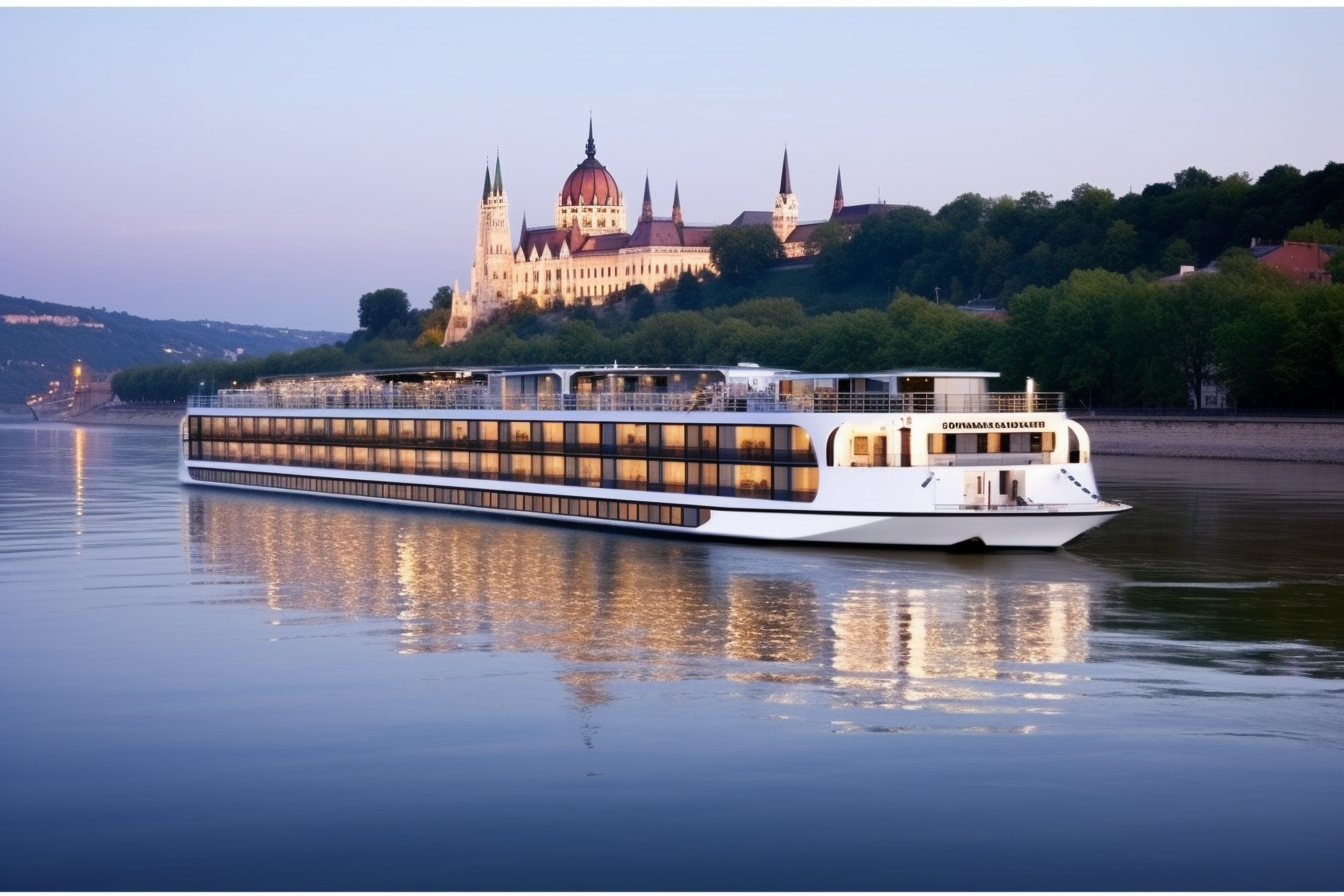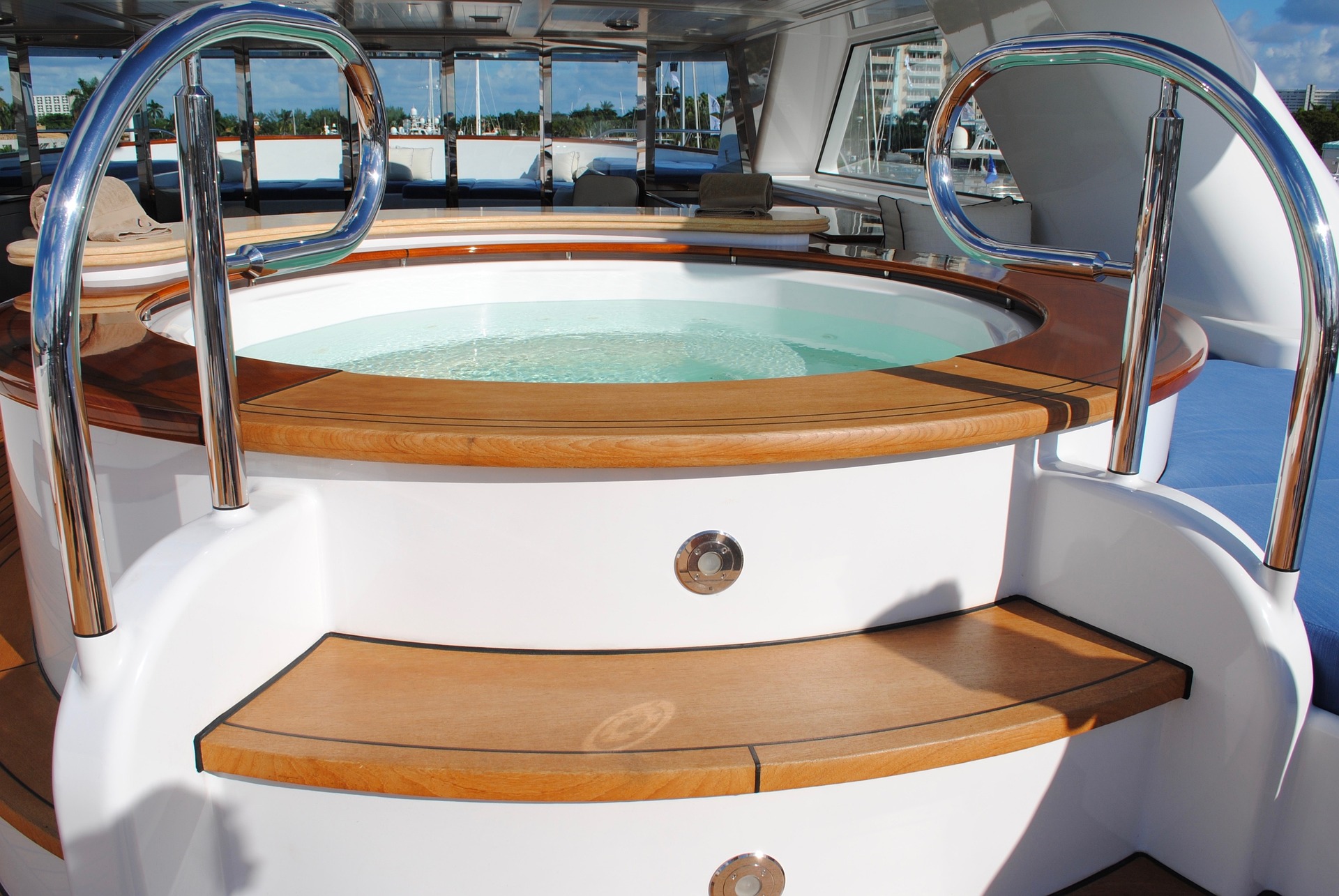Danube River Cruise Guide: Routes, Amenities and Planning
The Danube River flows through ten countries across Central and Eastern Europe, making it one of the continent's most popular river cruise destinations. River cruises along the Danube typically span 7 to 14 days, offering travelers the opportunity to explore historic cities, medieval towns, and scenic landscapes while enjoying onboard amenities and curated excursions. Understanding the various route options, available services, and seasonal considerations can help travelers make informed decisions about their Danube River cruise experience.

What Are the Most Popular Danube River Cruise Routes in 2025?
The classic Danube cruise route connects Budapest, Hungary to Passau, Germany, covering approximately 600 miles over 7 to 8 days. This itinerary typically includes stops in Vienna, Austria; Bratislava, Slovakia; and the scenic Wachau Valley wine region. Extended routes may begin in Amsterdam or end in the Black Sea, creating 10 to 15-day journeys that incorporate additional countries and cultural experiences.
Popular stops along Danube cruise routes include Melk, Austria, known for its impressive baroque abbey; Dürnstein, a medieval town in the Wachau Valley; and Regensburg, Germany, featuring well-preserved medieval architecture. Some itineraries include overnight stays in major cities like Vienna or Budapest, allowing passengers extended time for independent exploration beyond organized shore excursions.
What Onboard Amenities and Experiences Can Passengers Expect?
Modern Danube River cruise ships typically accommodate 100 to 190 passengers and feature panoramic lounges, sun decks, fitness facilities, and complimentary Wi-Fi throughout the vessel. Most ships include a main restaurant offering regional cuisine, with some featuring specialty dining venues or chef’s table experiences. Many vessels provide bicycles for passengers to use during port stops, enabling independent exploration of riverside cycling paths.
Onboard programming often includes cultural presentations about upcoming destinations, wine tastings featuring local varietals, and live entertainment in the evening. Some ships offer cooking demonstrations, language lessons, or lectures by local historians and cultural experts. Wellness amenities may include spas, saunas, or yoga classes, though facilities vary by cruise line and ship size.
How Long Are Typical Danube River Cruise Itineraries?
Standard Danube River cruise itineraries range from 7 to 8 days for the classic Budapest to Passau route, covering major highlights along the central Danube corridor. Extended itineraries of 10 to 12 days may include additional stops in Germany or extend further east toward Romania and the Danube Delta. Grand European itineraries can span 15 to 23 days, combining the Danube with segments along the Rhine or Moselle rivers.
Destinations along typical Danube itineraries include capital cities like Vienna, Budapest, and Bratislava, as well as smaller towns such as Krems, Linz, and Engelhartszell. Some cruises include overland excursions to nearby attractions like Salzburg, Austria, or Prague, Czech Republic, though these often involve additional fees and extended travel times away from the ship.
What Cabin Options and Services Are Available?
Danube River cruise ships offer various cabin categories, from standard interior cabins to premium suites with private balconies. Most cabins feature twin beds that can convert to a queen configuration, private bathrooms with showers, individual climate control, and ample storage space. Many newer ships provide floor-to-ceiling windows or French balconies that open to provide fresh air and scenic views.
Included services typically encompass all meals, house wines and beer with lunch and dinner, guided shore excursions in each port, and gratuities for onboard staff. Some cruise lines include airport transfers, Wi-Fi access, and specialty beverages in their base pricing. Laundry services, spa treatments, premium alcoholic beverages, and optional excursions generally incur additional charges.
What Themed Sailings and Seasonal Highlights Are Available in 2025?
Christmas market cruises operate from late November through December, featuring stops at traditional holiday markets in Vienna, Budapest, Salzburg, and smaller Danube towns. These themed cruises often include seasonal onboard decorations, holiday-inspired menus, and special cultural programming related to European Christmas traditions.
Spring cruises from March to May coincide with blooming season in the Wachau Valley and mild weather for walking tours and cycling excursions. Summer months provide the longest daylight hours and warmest temperatures, though this represents peak tourist season in most Danube destinations. Fall cruises from September to November offer harvest season experiences in wine regions, with opportunities for vineyard visits and seasonal cuisine featuring local ingredients.
| Cruise Line | Route | Duration | Starting Price Range |
|---|---|---|---|
| Viking River Cruises | Budapest to Passau | 8 days | $2,700 - $4,500 |
| Uniworld | Vienna to Budapest | 8 days | $3,200 - $5,800 |
| AmaWaterways | Budapest to Vilshofen | 7 days | $2,900 - $5,200 |
| Avalon Waterways | Budapest to Nuremberg | 9 days | $2,600 - $4,200 |
Prices, rates, or cost estimates mentioned in this article are based on the latest available information but may change over time. Independent research is advised before making financial decisions.
Planning Considerations for Danube River Cruises
Weather conditions along the Danube can affect cruise operations, particularly during winter months when low water levels or ice may require itinerary modifications. Travel insurance that covers cruise-specific issues like missed connections or itinerary changes provides additional protection for travelers. Passengers should pack layers for varying temperatures and comfortable walking shoes for shore excursions that often involve significant walking on cobblestone streets and uneven surfaces.
The Danube River cruise experience combines cultural immersion with scenic river travel, offering access to multiple countries and historic destinations within a single journey. Understanding the various route options, onboard amenities, seasonal considerations, and pricing structures enables travelers to select cruises that align with their interests, budget, and travel preferences while maximizing their European river cruise experience.




